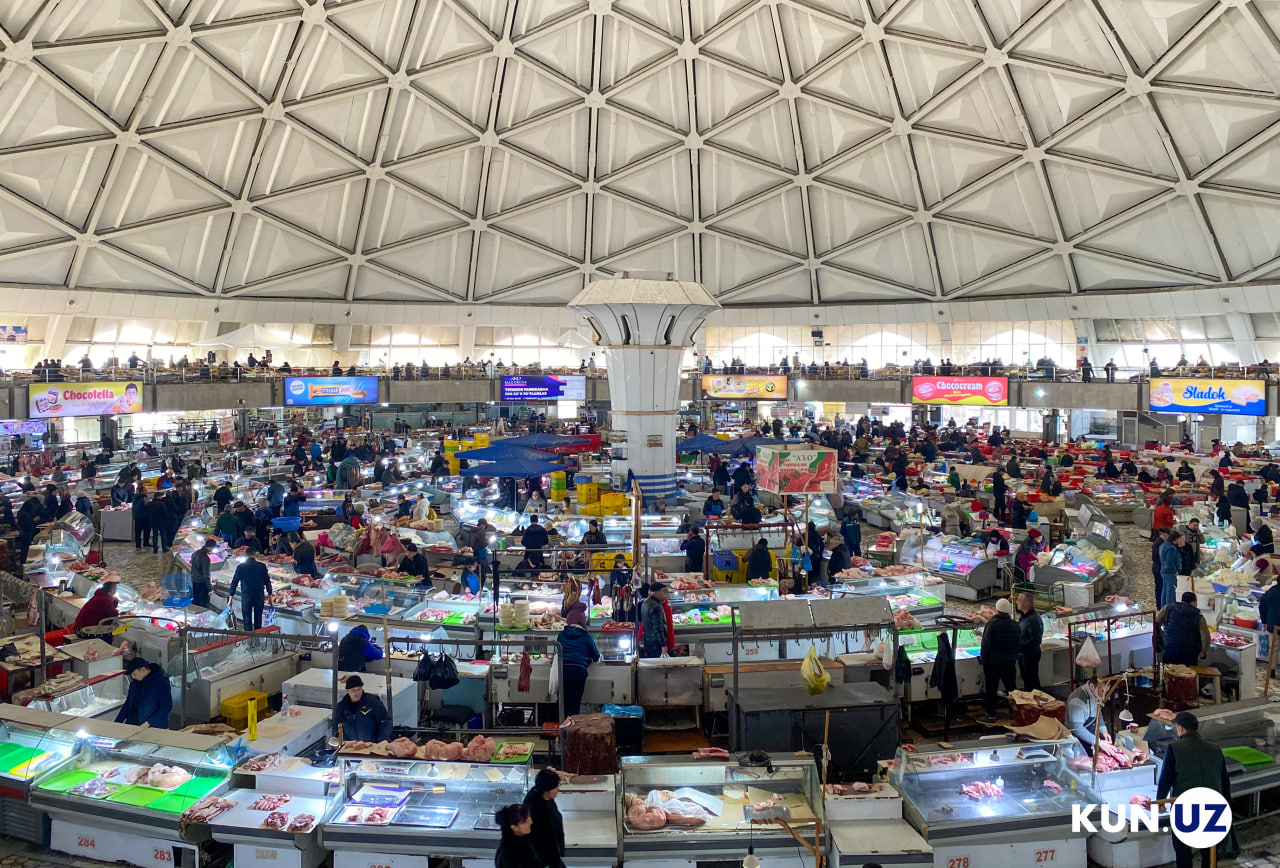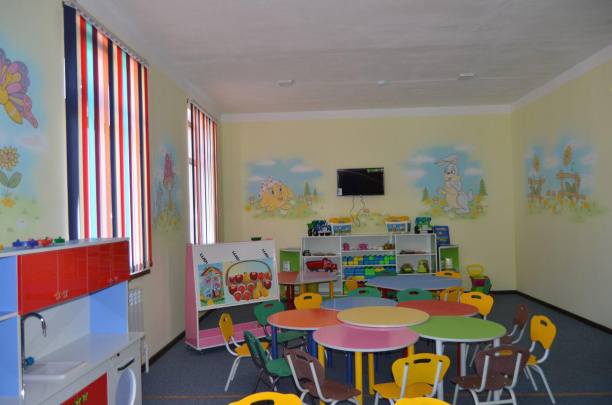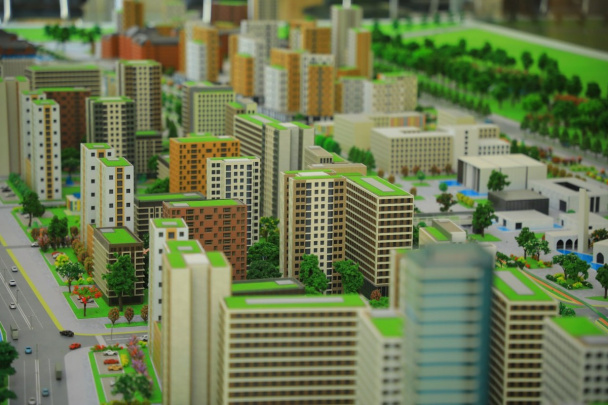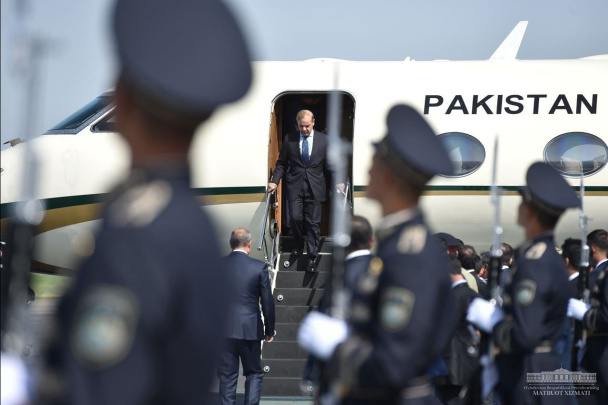Participants in the latest survey, which focused on price growth forecasts for the next 12 months, predicted an average figure of 13.1%, half a percent lower than in December. The median indicator fell by 0.2 percentage points to 10.8%.
The highest estimates were once again recorded in Tashkent, although they notably decreased compared to the previous month (14.9%). Samarkand region (14.7%) and Bukhara region (14.4%) also featured in the top three, while the lowest forecasts were in Andijan (10.4%) and Karakalpakstan (11.2%).
Within industries, the most optimistic estimates came from trade (11%), household services (11.4%), and catering (11.5%). On the other hand, pensioners (15.2%), production workers (15.1%), and those in the tourism industry (14.8%) projected higher rates.
The main factor in predicting inflation remains currency exchange rate fluctuations, with 55% of respondents indicating this as a concern. This is followed by rising energy prices (49%), increased utility tariffs (39%), and higher wages and benefits (32%).
A more pronounced decline in inflation forecasts was seen among entrepreneurs, who recorded a year-beginning low since the start of 2023. The average level decreased by a percentage point to 12.7%, with the median slightly lower at 10.6%.
The highest forecasts, as in the previous month, were given in Samarkand (17.1%), followed by the Tashkent region (14.7%), and the capital (13.6%). The lowest price increases are expected in Bukhara (10.3%), Khorezm (10.6%), Kashkadarya (11.1%), and Karakalpakstan (11.3%).
By sector, the highest expectations were noted in culture (15.9%), IT (13.8%), and industry (13.3%). The lowest rates were foreseen by craftsmen (11.1%), restaurateurs, and medical professionals (12.3%).
Similar to citizens, entrepreneurs frequently cited currency dynamics (59%), fuel prices (43%), and utility costs (35%) as underlying reasons.






